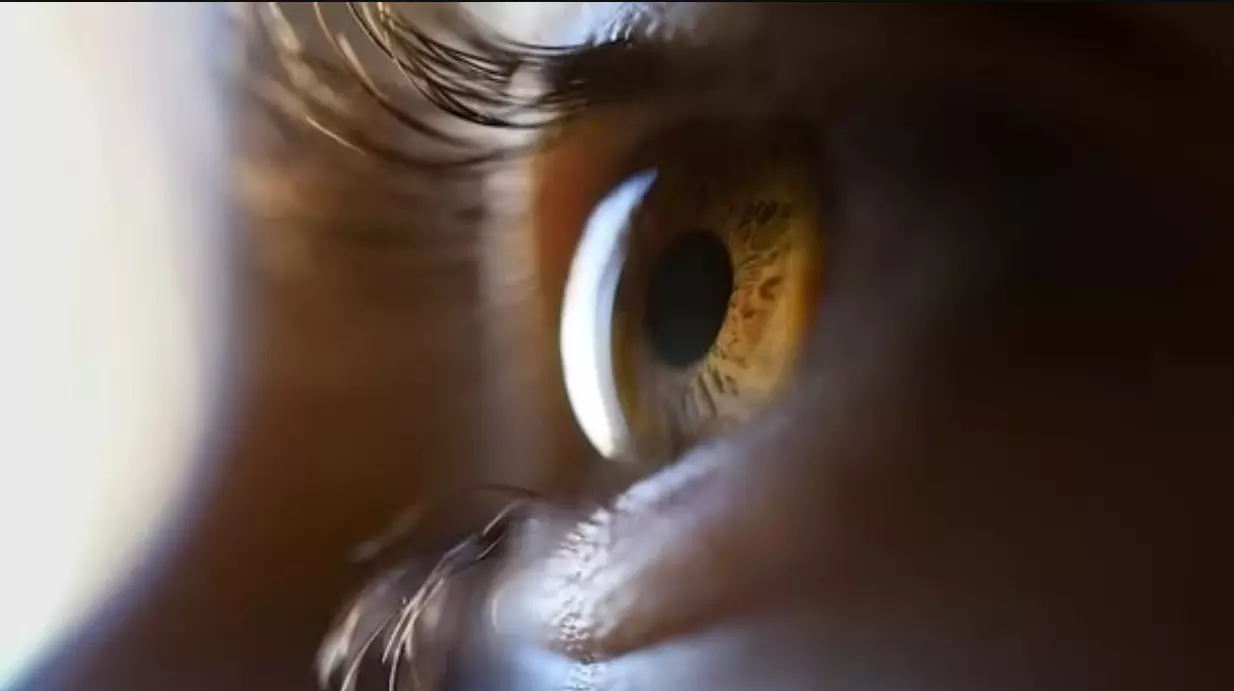A wake-up call

In the aftermath of the devastating floods that wreaked havoc in Delhi and other cities, a concerning surge in conjunctivitis cases has emerged. Major hospitals have been each recording over 100 cases daily. Many of them have issued guidelines for patients to seek medical help through video consultation, rather than visiting in person, as there could be risk of infection to other patients. Several experts have attributed the rise in cases to deplorable sanitation and hygiene conditions prevailing in the affected areas, which demand urgent attention from both the authorities and citizens. Conjunctivitis, commonly known as ‘pink eye’, is an inflammation of the conjunctiva — the thin, transparent layer covering the white part of the eye and the inner surface of the eyelids. It can be caused by various factors, including allergies, viruses, and bacteria. Each type of conjunctivitis presents distinct symptoms and requires specific approaches for treatment. Allergic conjunctivitis is triggered by allergens like pollen, pet dander, or dust mites. It affects both eyes, and often accompanies other allergy symptoms like sneezing and a runny nose. Allergic conjunctivitis is not contagious in nature. Viral conjunctivitis typically starts in one eye and can spread to the other. It leads to watery discharge and may be accompanied by cold or flu-like symptoms. Viral conjunctivitis is highly contagious and requires proper precautions to prevent its spread. Bacterial conjunctivitis causes a yellow or greenish discharge from the eye. It can affect one or both eyes and, like its viral counterpart, is highly contagious. Conjunctivitis presents certain symptoms including redness in the white part of the eye and inner eyelids, increased tearing, itching or burning sensation, swollen eyelids, and a thick, coloured discharge. Depending on the type of conjunctivitis, additional symptoms such as sneezing, sore throat, or cold symptoms may also be present. As the number of cases continues to rise in Delhi and other cities, it is imperative for individuals and communities to take necessary precautions to prevent the spread of conjunctivitis. Maintaining personal hygiene assumes utmost importance. Frequent handwashing is crucial to prevent the transmission of viruses and bacteria from hands to the eyes. One must also avoid touching or rubbing their eyes, as it can exacerbate the condition and facilitate the spread of infections. Personal items like towels, pillowcases, eye makeup etc. should not be shared. While navigating in crowded or highly affected areas, wearing protective eyewear, if prescribed by medical professionals, can provide an additional layer of defense against airborne particles and infections. If symptoms of conjunctivitis are observed, seeking prompt medical attention becomes vital for accurate diagnosis and appropriate treatment. The affected persons should not panic as the disease is self-limiting in nature. They should also abstain from self-diagnosis or self-medication which can lead to complications and delays in recovery. Furthermore, special attention must be given to children and individuals who have recently undergone eye surgery. Protective measures and regular check-ups with healthcare professionals are crucial in such cases to avoid any complications. The government bodies should also consider closing down schools temporarily. The recent upsurge in cases of conjunctivitis serves as a stark reminder of the crucial role that sanitation and hygiene play in preventing infectious diseases. It is paramount for authorities to prioritize the implementation of comprehensive sanitation measures in flood-affected regions to mitigate the risk of such outbreaks in the future. Ensuring adequate waste disposal, clean water supply, and access to proper sanitation facilities are imperative steps to safeguard public health. In conclusion, the increasing instances of conjunctivitis in Delhi and other cities following the devastating floods highlight the urgent necessity for enhanced sanitation and hygiene practices. By educating ourselves, we can collaboratively work towards safeguarding the well-being of our communities and curbing the spread of infections. Let us unite in our efforts to build a cleaner, healthier future for everyone.



